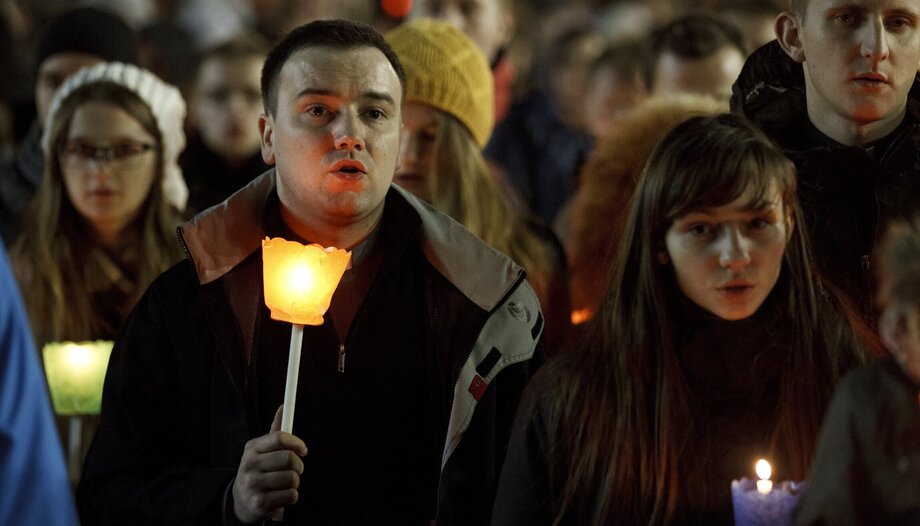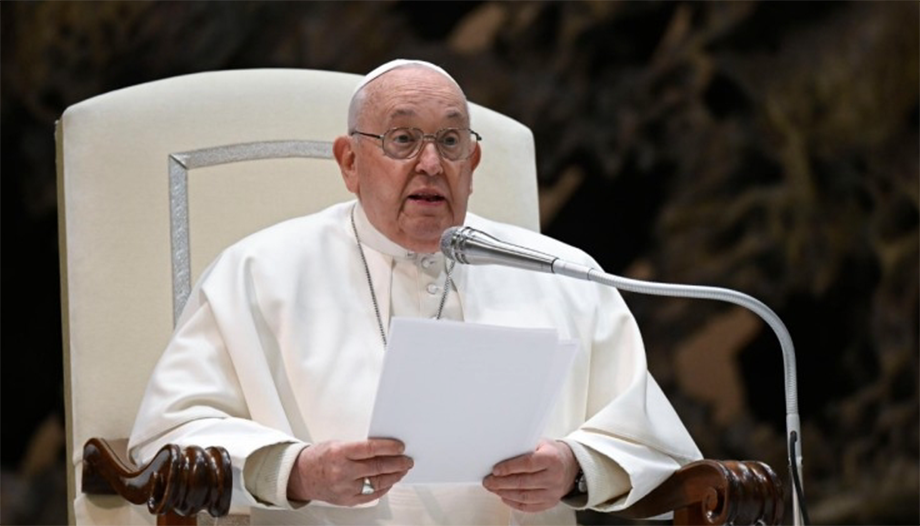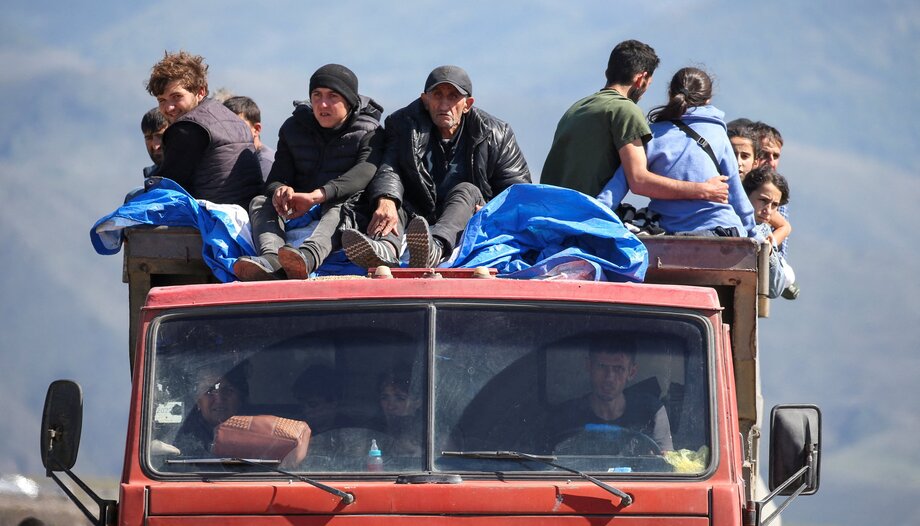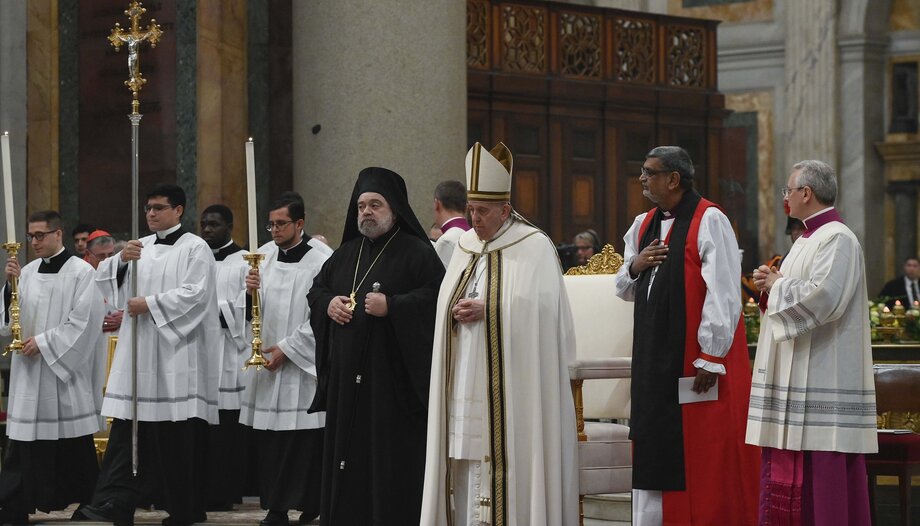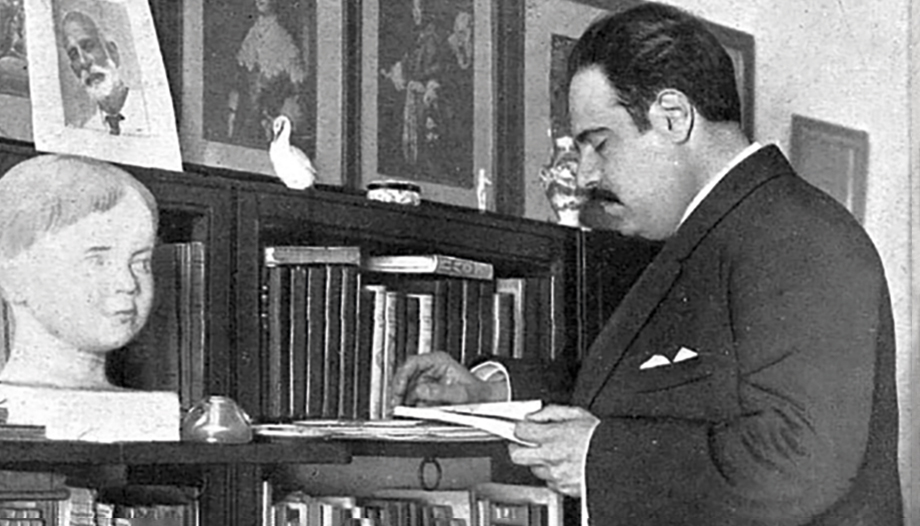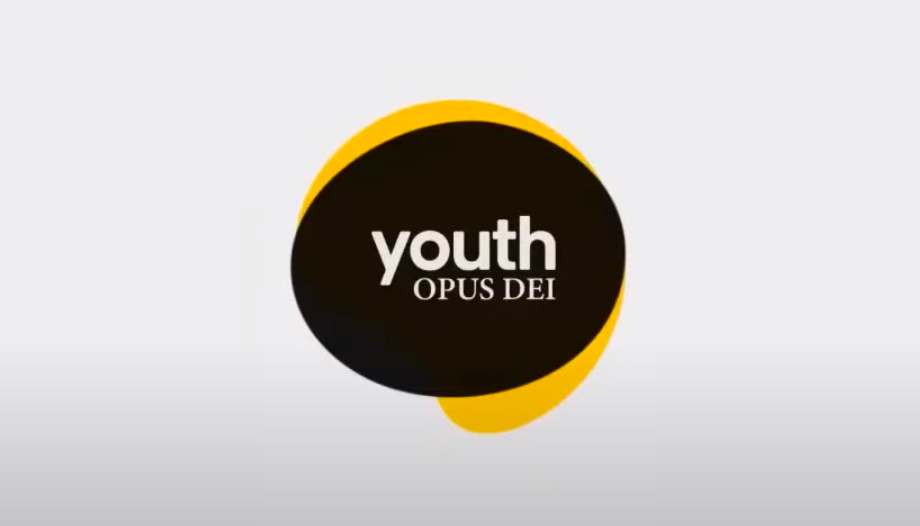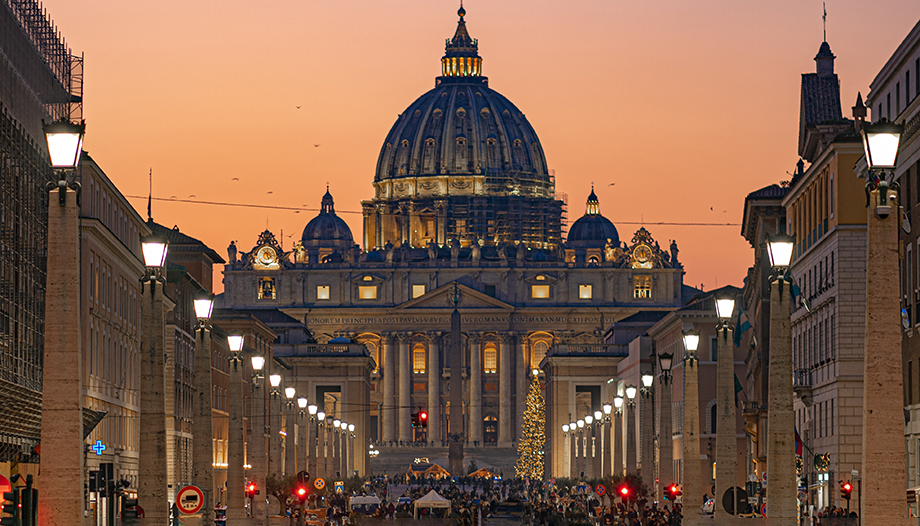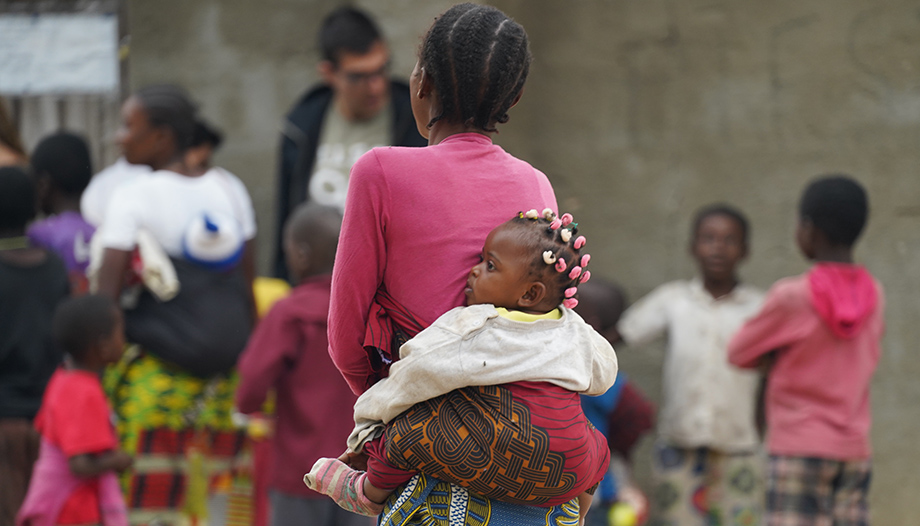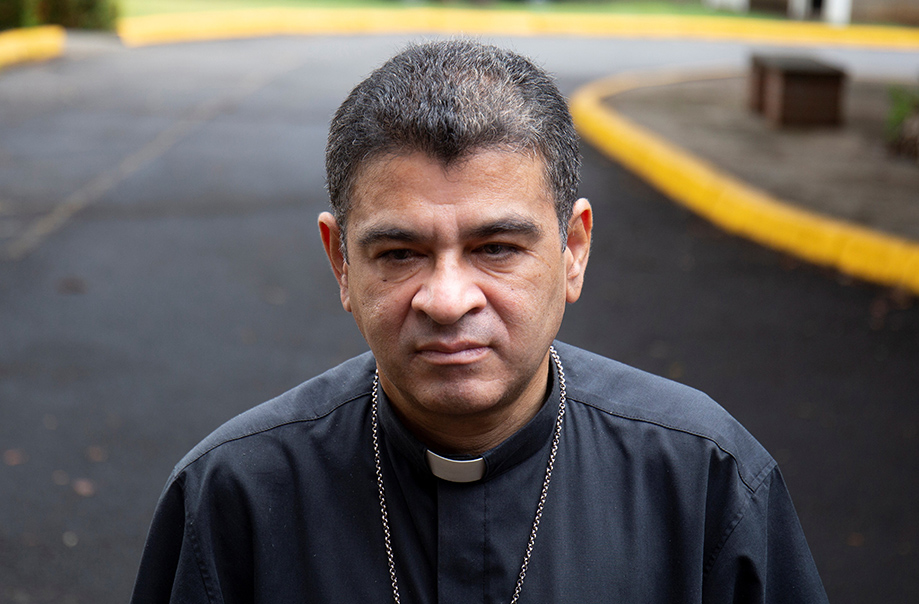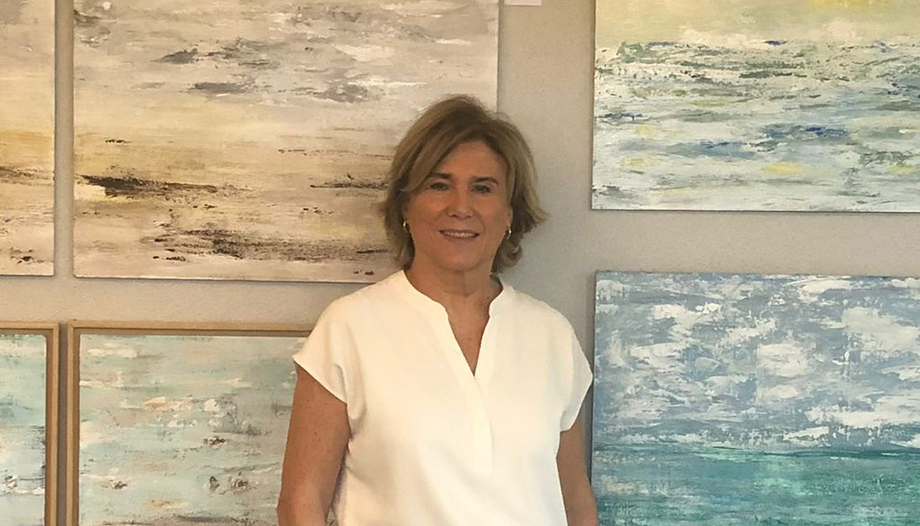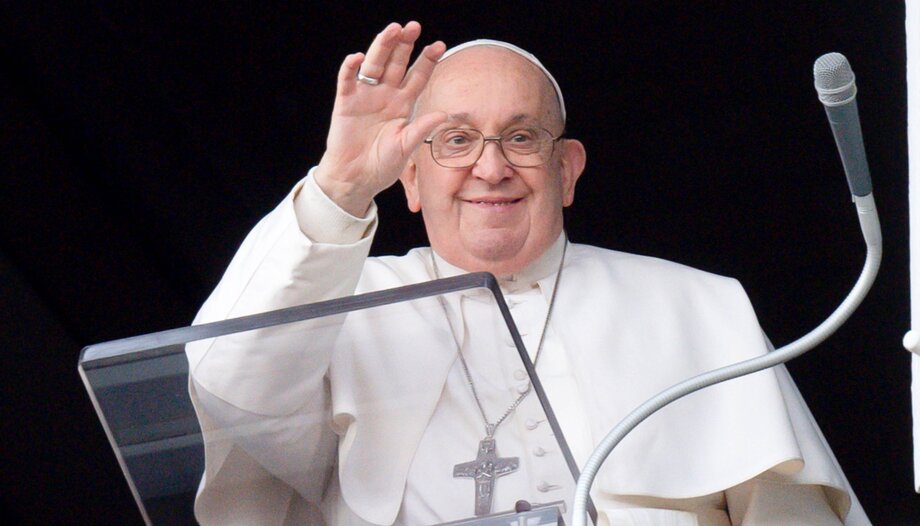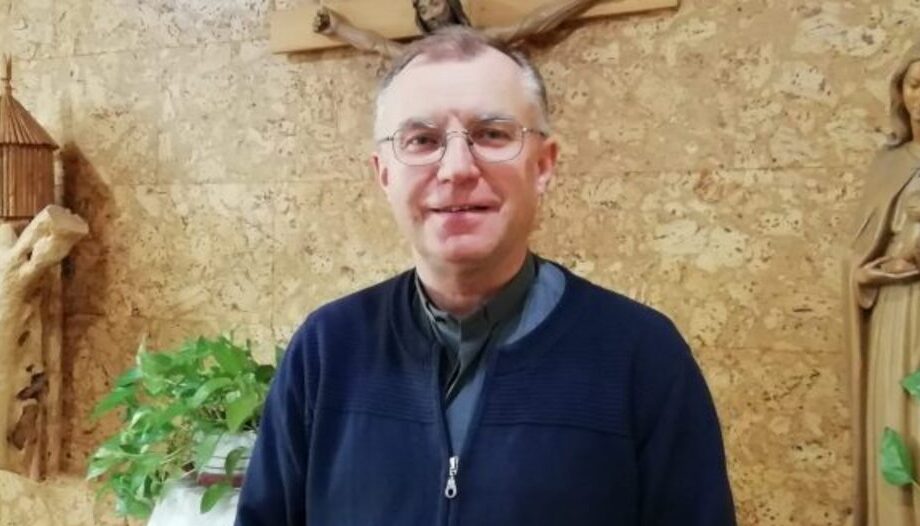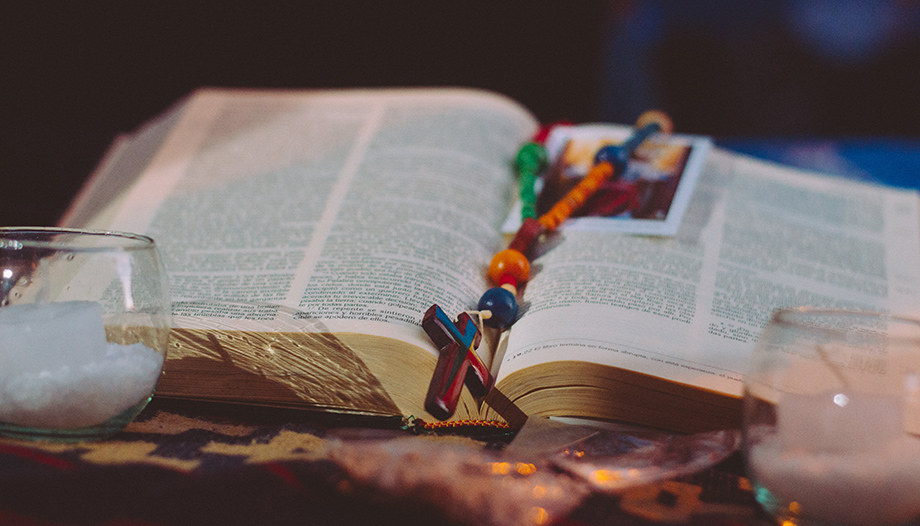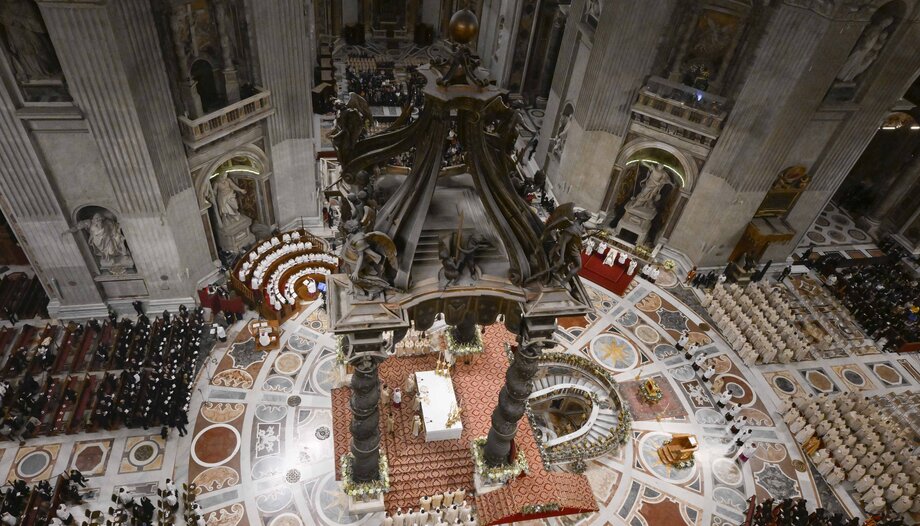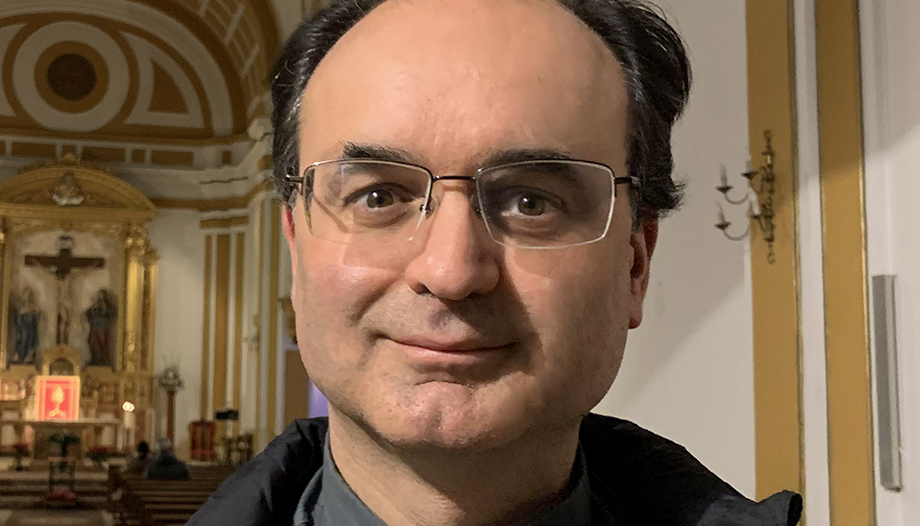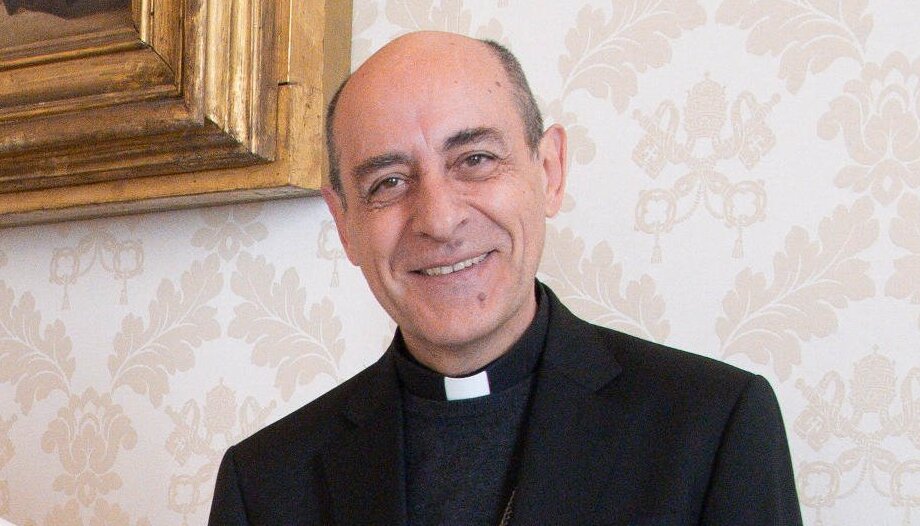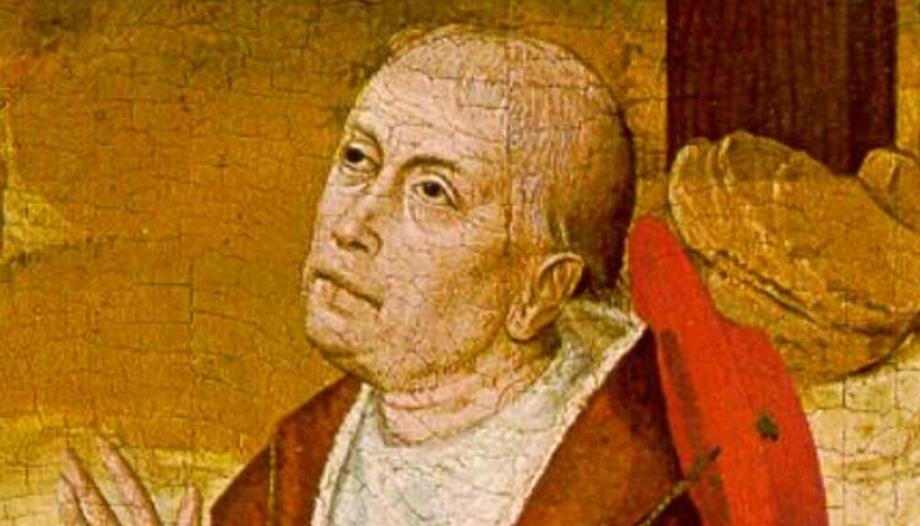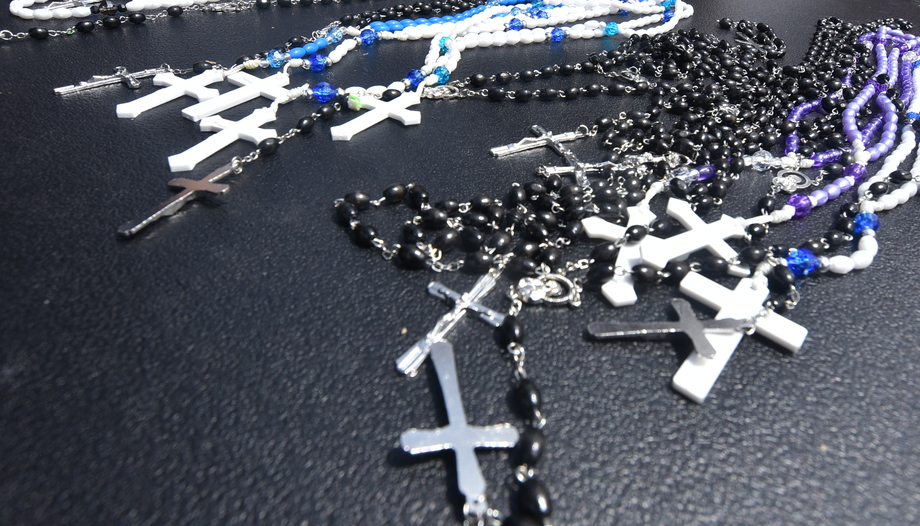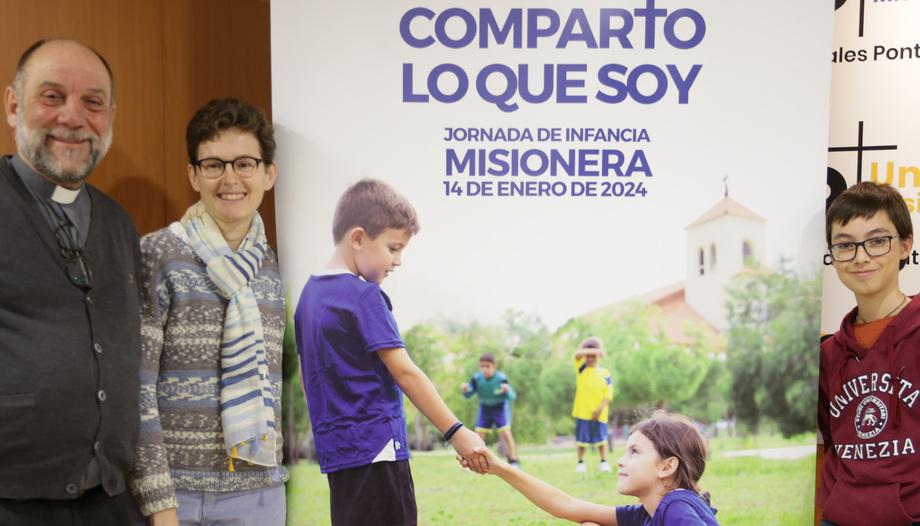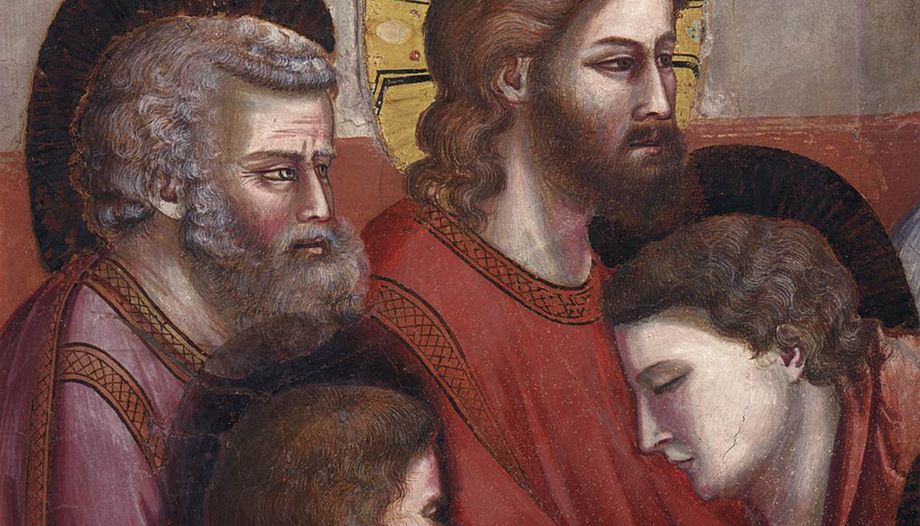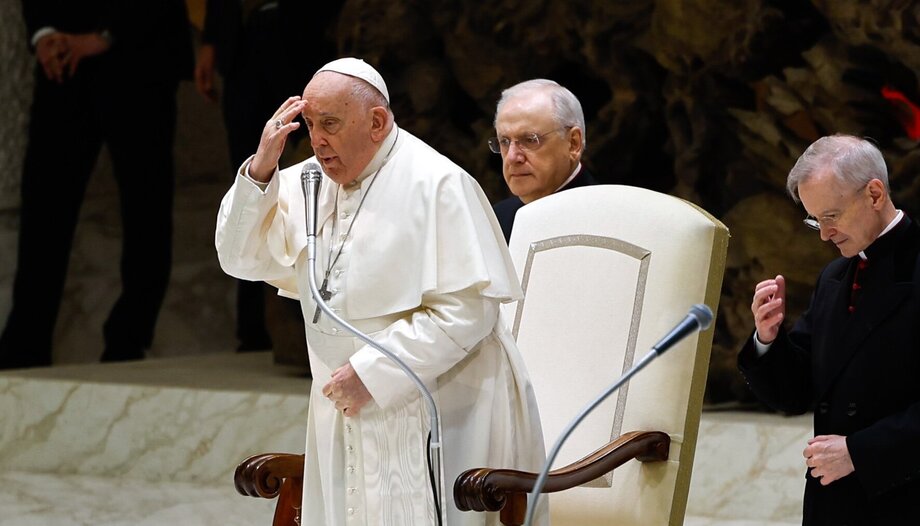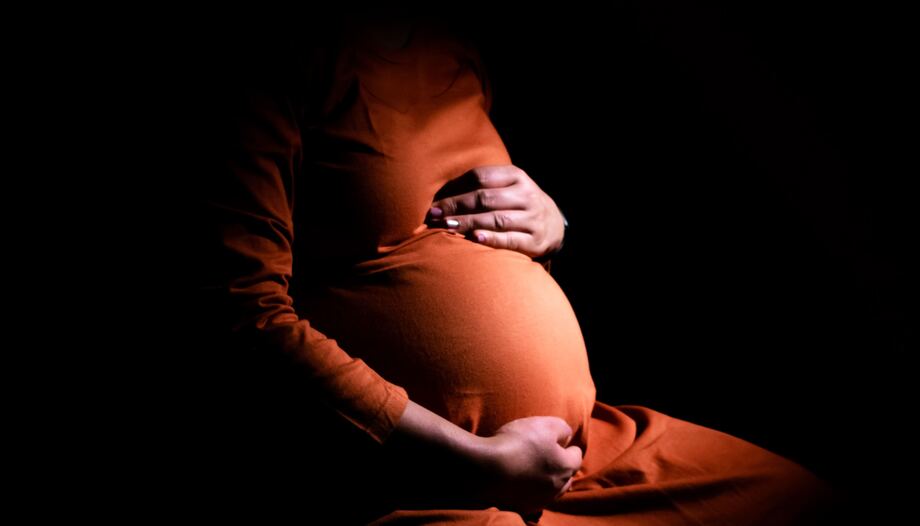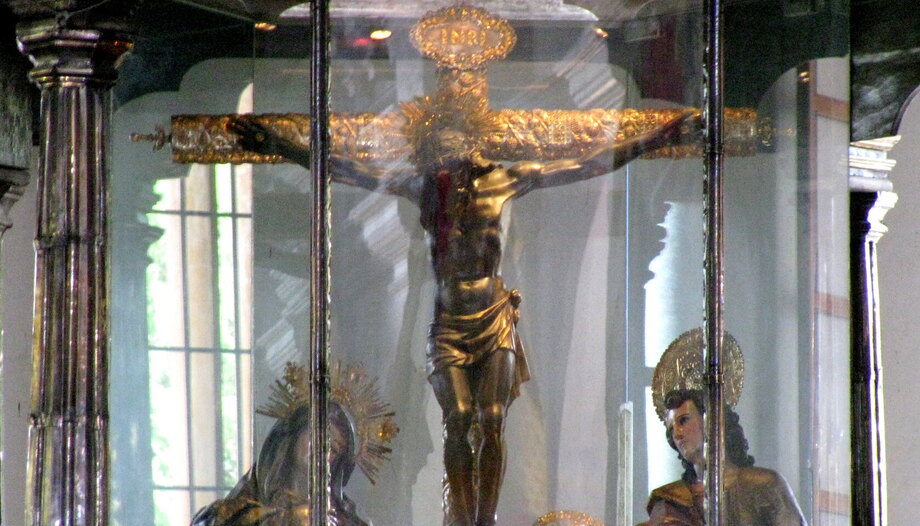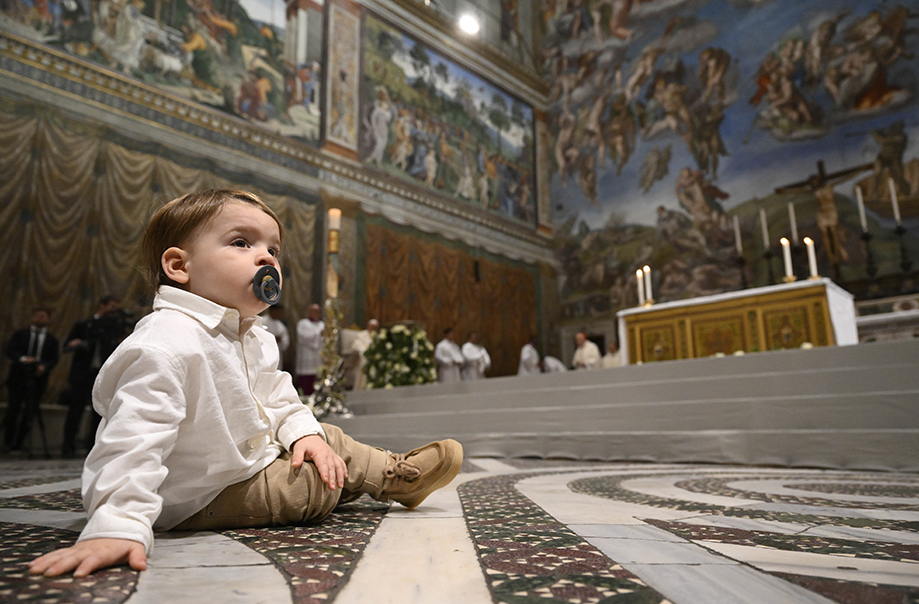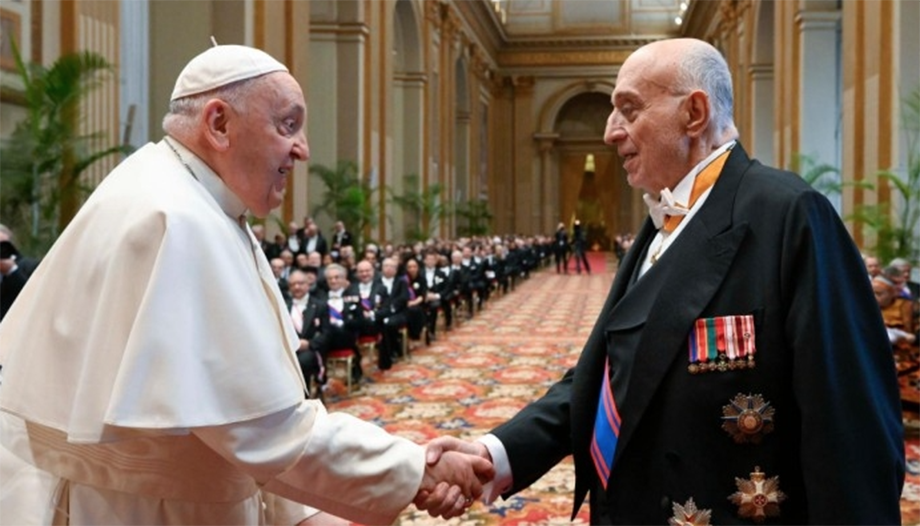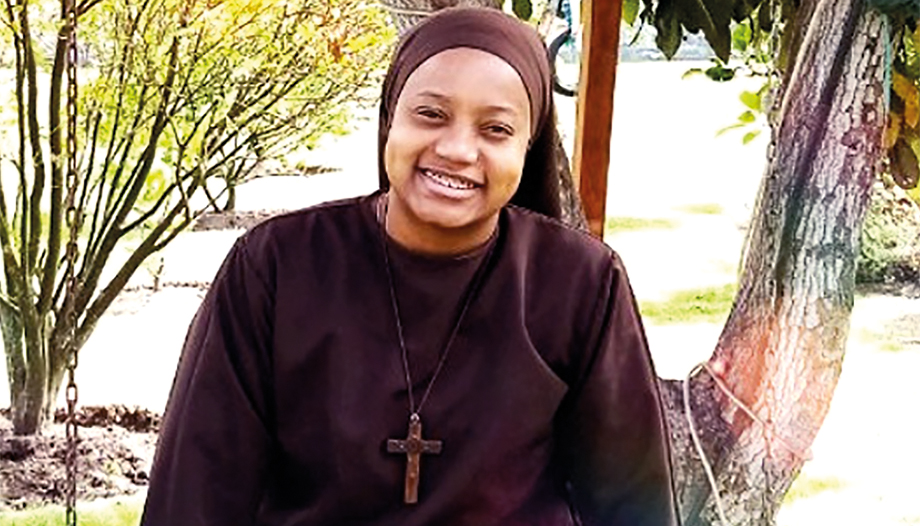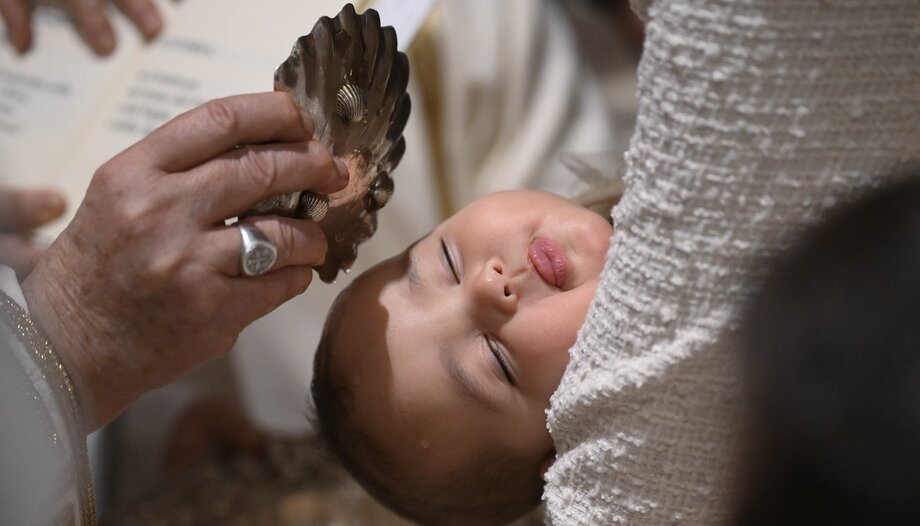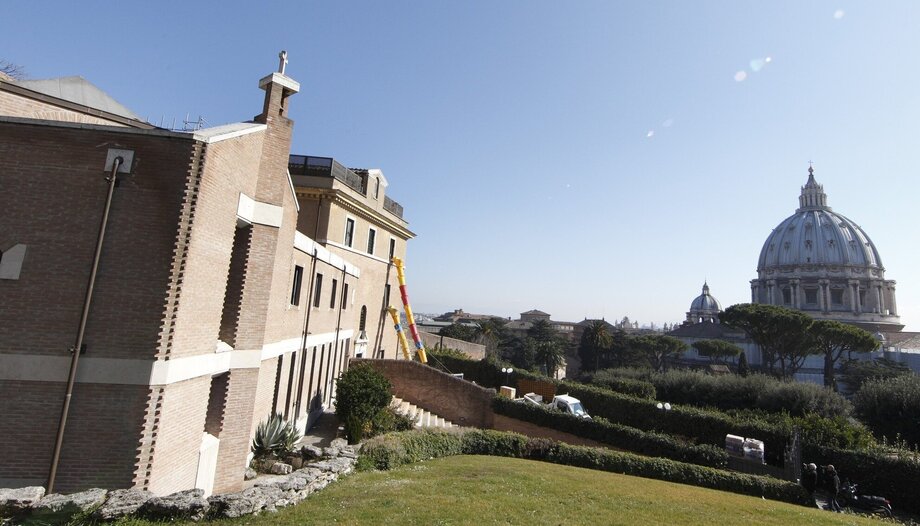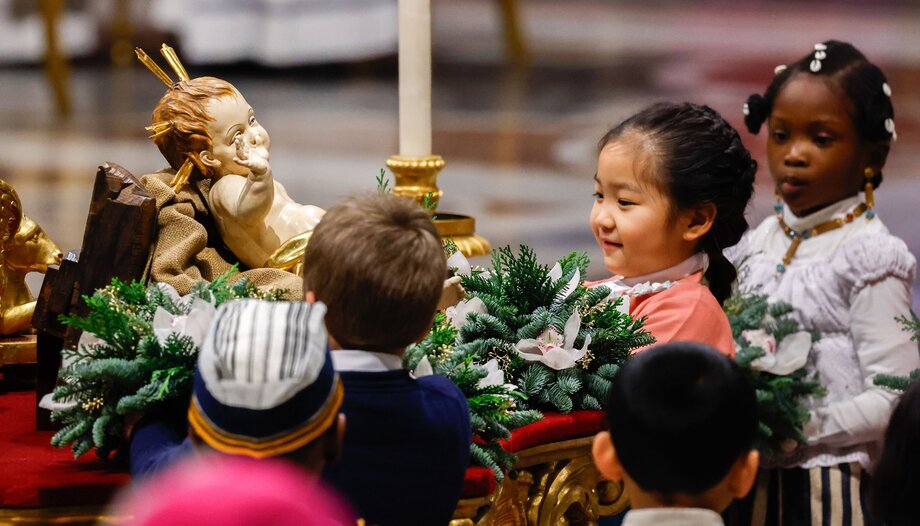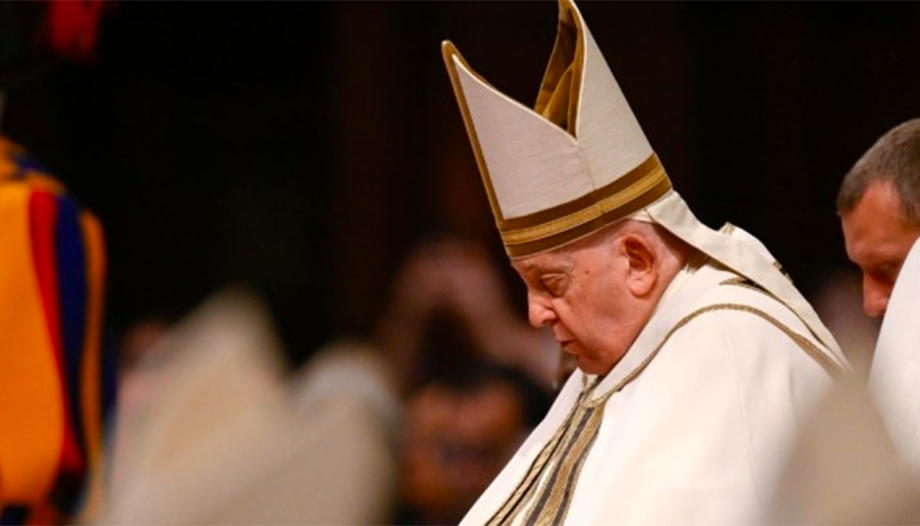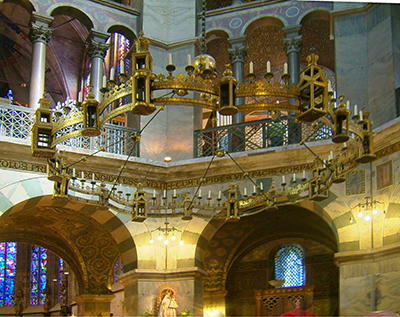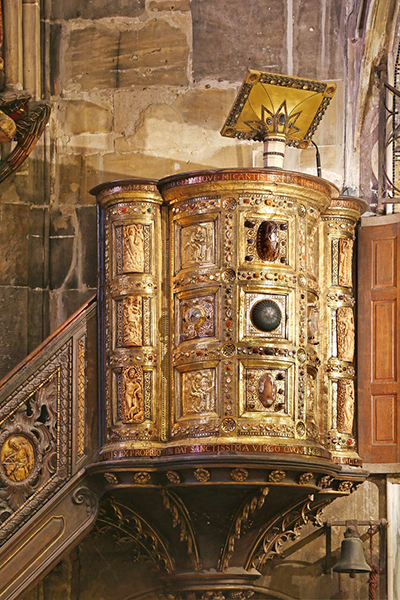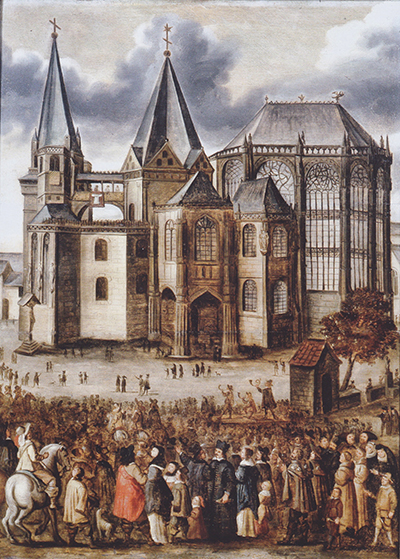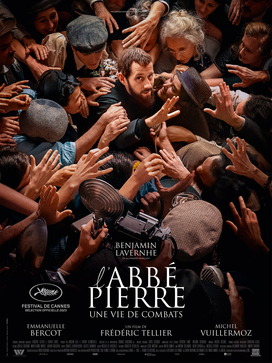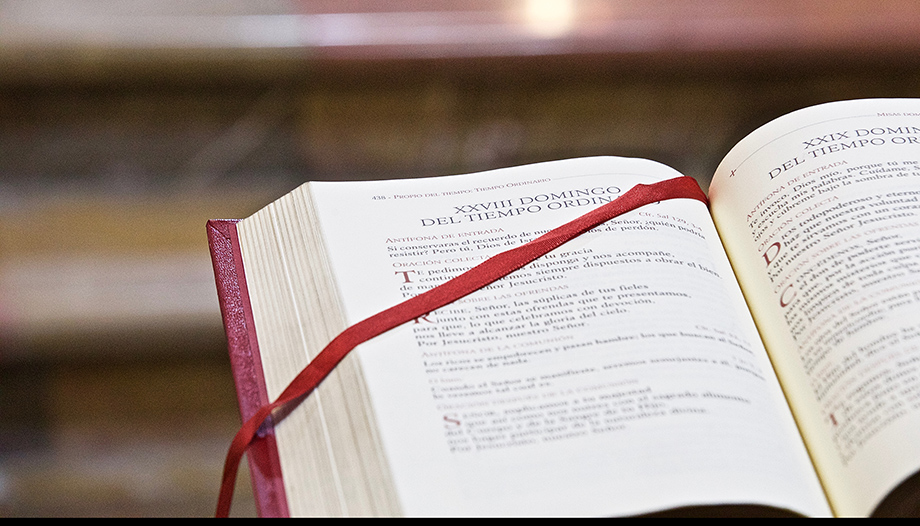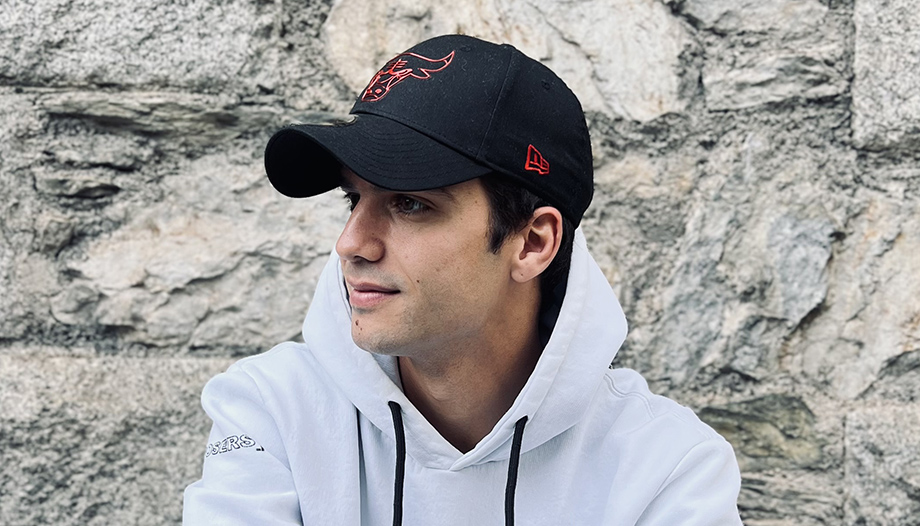The country now known as Iran is the focus of world attention because of its strategic importance, but mostly because of the theocratic regime that has been in power since 1979, domestic repression of human rights, discrimination against women and international alliances.
However, not many remember that Iran is a country with an ancient culture, the hub of an ancient civilization and the center of an empire so vast that it is considered the first global empire.
Moreover, the Iranian people, whose predominant ethnicity is Persian, an Indo-European language, are often confused with the Arabs, a Semitic-speaking people who represent only 1% of Iran's population. The Islam practiced in Iran, Shiite Islam, is also different from Sunni Islam, which is much more widespread in the world.
The "Aryan" origin
The name "Iran" is a cognate term, i.e. it has the same root as "Aryan", which refers to the "land of the Aryans". Interestingly, the root is the same as that of "Ireland" (or "Eire", in Gaelic). What do the Iranians and the Irish have in common? Well, precisely the fact that they are, like all "Aryans" (a term that is infamous but technically refers to the ancient Aryan or Indo-Aryan tribes that first settled in the region that today corresponds to Iran and India and then migrated to Europe), Indo-European speaking (Celts, Slavs, Germans, Indians, Persians, Armenians, Greeks and Latins were all Indo-European speaking peoples, as were their descendants, including Italians and Spaniards).
In fact, linguists agree, through comparative linguistic analysis, that all idioms now included in the Indo-European branch, from Persian to Hindi, Spanish, English, German, Russian, etc., can be traced back to a "Proto-Indo-European" language.
Some examples of this common ancestry are the terms:
-Padre (Italian and Spanish); pater (Latin); patér (ancient Greek, modern: patír); father (English); vater (German); padar (Persian); pita (Hindi);
-Madre (Italian and Spanish); mater (Latin); metér (ancient Greek, modern: mitéra); mother (English); mutter (German); madar (Persian); maata (Sanskrit);
Another incredible assonance (among many) is: daughter (daughter, in English) with Tochter (German), thygatér (ancient Greek), dochtar (Persian).
The toponym "Iran" first appears in Avestan texts (Avestan, another Indo-Aryan language, is known to be the liturgical language of Zoroastrianism and its holy book, the Avesta) as "Aryana vaeža", "Land of the Aryans", later evolving to Eranshahr and Eran. However, until 1935, the country was known in the West as Persia, a name derived from the Greek Persis, in turn derived from the toponym of the southern region of Iran, Fars/Pars.
Some data
Iran is located in the Middle East (Southwest Asia), has an area of 1,648,195 km² (17th largest country in the world) and a population of about 90 million inhabitants, of which 51% are ethnic Persians. The second largest ethnic group, with about 24% of the population, are Turkic-speaking Azeris, followed by Kurds, Baluchis, Armenians, Turkmen, Arabs, Assyrians, Georgians and others.
Iran's ethnic minorities, especially the Azeris, were very well integrated before the 1979 Islamic Revolution. In fact, until the Pahlavi era, the country's identity was not exclusively Persian, but rather "supra-ethnic", especially because of the large presence, politically and culturally, of the Turkic-Azerbaijani element. Frictions, if any, began, especially between the Turkic and Persian elements, from the 20th century onwards, when nationalism (an ideology of positivist and Western origin), rather than the Islamic fundamentalism present today, did not reach Iran. In general, however, despite past and present problems, it can be said that Iran is a multi-ethnic state and that there is a discreet harmony between the different communities.
On the religious level, however, Islam prevails (almost in all ethnic groups). 99% of Iranians are Muslims (90% Shiites and 9% Sunnis). Non-Muslim minorities account for less than 1%, mostly Christians, Zoroastrians, Jews, Mandaeans, Baha'i and Ahl-e Haqq (or Yarsanists, another syncretic religion like Mandaeism and Baha'ism). The particularities of these religions will be discussed later.
A bit of history
Iran is a country with very ancient roots and a complex, multi-millennial history. In fact, human presence in the region is attested since the Lower Paleolithic (between the tenth and seventh millennium BC), and the foundation of the first villages dates back to about five thousand years BC.
During the Bronze Age, the region was the scene of several civilizations, the most important of which was Elam (the Elamites are also mentioned in the Bible), which developed parallel to Mesopotamia, where we find first the Sumerians and then the Assyro-Babylonians (the latter of Semitic language). Elam also developed a cuneiform script from the 3rd millennium BC.
In the 2nd millennium BC, the ancient Iranian peoples (Medes, Persians and Parthians) arrived in the region from the Eurasian steppes and dispersed over a wider area, rivaling the "pre-Iranian" kingdoms, but falling, along with the latter, under the rule of the Assyrian Empire, based in northern Mesopotamia, until 605 BC.
The Median Empire was founded in 728 B.C., with Ecbatana as its capital (the city mentioned in the Old Testament book of Tobit), and came to control almost the entire territory of present-day Iran and eastern Anatolia.
In 550 B.C., Cyrus the Great, of the Thespid dynasty, conquered the Median Empire and founded the Achaemenid Empire, extending his dominions westward to Lydia, Babylonia, EgyptThe conquest of the Neo-Babylonian Empire dates back to 539 B.C. (facts also mentioned in the Bible). The conquest of the Neo-Babylonian Empire dates back to 539 BC (facts also mentioned in the Bible).
In 522 B.C., Darius the Great, of the Achaemenid dynasty, took the throne after the death of Cyrus when he fell from his horse. He was the founder of the Achaemenid Empire, for which he built a new capital, Persepolis. At its greatest extent, this empire came to encompass territories of present-day Iran and Azerbaijan, Armenia, Georgia, Turkey (Anatolia), much of the Black Sea coastal regions, northern Greece and Bulgaria, much of the Near and Middle East and Central Asia, the northern Arabian Peninsula, and many of the cities of ancient Egypt as far west as Libya. It was the largest empire the world had ever seen. An estimated 50 million people lived there in 480 BC, 44% of the world's population, the largest percentage of the world's population in a single state ever recorded in history.
The Achaemenid Empire is also known for the liberation of the Jews deported to Babylon, the numerous infrastructures built, the invention of the Chapar (postal service) and the use of Imperial Aramaic (Semitic language) as the official language.
Like the Greeks and Etruscans with the Romans, the Assyrians and Medes, although defeated by the Persians, also exerted considerable cultural and religious influence on them, especially the Medes, through the priestly caste of the Zoroastrian magi, the same ones mentioned in the Gospel of Luke.
It was the Greeks who put an end to the Achaemenid epic, first with the Greek revolt on the western borders, culminating in the Greco-Persian wars (5th century BC), which ended with the withdrawal of the Persians from all the territories of the Balkans and Eastern Europe, and later with the conquest of Alexander the Great in 334 BC, who defeated the last Achaemenid emperor, Darius III. After Alexander's death, Persia came under the control of the Hellenistic Seleucid Empire, then the Parthian Empire until 224 A.D. and finally the Sassanid Empire.
The Arab-Islamic forces, led by the Rashidun caliphs, extended their dominion over the Persian region in the 7th century A.D. thanks to the weakening of the Sassanid Empire caused by internal struggles also favored by the constant contrasts with its neighbor and bitter rival: the Byzantine Empire.
Persia, in fact, where Christianity was spreading from the West with strong opposition, and persecution, from the later Sassanid rulers, found itself surprisingly fragile in the face of advancing Islamic troops, with the new Muslim rulers willing to encourage, and often enforce, religious conversion to the new religion.
The Islamic conquest of Iran had a lasting impact on the region, bringing about cultural, social and religious changes, so that the country gradually became a key center of Islamic civilization, with the fusion of Persian and Muslim traditions shaping Iranian identity over the centuries, producing some of the greatest poets, artists, philosophers and thinkers Islam has ever had, among them the famous al-Jwarizmi (hence the term "algorithm"), a Persian mathematician, astronomer and geographer, known as the father of algebra, and the even more famous Jalal ad-Din Rumi, a universal poet.
They were succeeded by the Samanids, the Seljuk Turks, the Mongols in the 12th century, up to Tamerlane and the Timurid Empire in the 14th century.
In the 16th century, the Safavid Empire established Shi'ism as the state religion, creating a distinctive feature of Iranian identity.
In the 18th century, foreign interference caused the division of the country, with the decline of the Empire.
In the 20th century, however, Iran was under British and Soviet occupation during World War II, a period of great instability. In 1951, Prime Minister Mohammad Mossadeq nationalized the oil industry, provoking an international reaction, followed in 1953 by a coup d'état organized by the United States and the United Kingdom that deposed Mossadeq, restoring the power of the Shah, whom Mossadeq himself had forced to leave the country.
But the crucial turning point came in 1979 with the Islamic Revolution, led by Ayatollah Khomeini. With extreme ingenuity, he led all opposition against the regime of Shah Reza Pahlavi, eliminating them all once he seized power and turned Iran into an Islamic republic. In the 1980s, Iran became embroiled in the long and destructive war with Iraq, which caused between one and two million deaths. International tensions escalated, especially over the nuclear program.
In 2015, the country agreed to a nuclear deal with world powers, leading to a reduction in sanctions. However, it remains embroiled in complex geopolitical issues in the Middle East and around the world, while its young and educated population aspires to social and economic changes that are slow in coming.
Writer, historian and expert on Middle Eastern history, politics and culture.






 Shiite Islam and the Iranian regime
Shiite Islam and the Iranian regime




